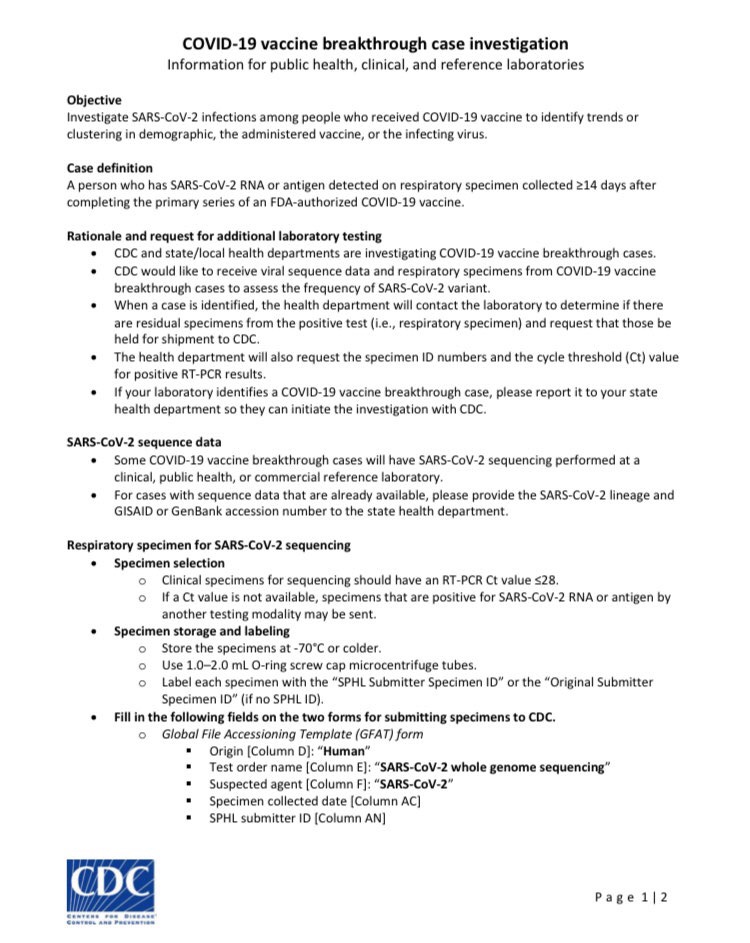Over the transom from Phoenix, AZ. Real time.


Over the transom from Phoenix, AZ. Real time.

Full reportage here from RenewAmerica.com. Seriously folks, this is great news. Now the Corapi saga is finally put to bed in the worldly sense, and everyone should thank God, and move on.
The truth is, Fr. Corapi might be doing WAY more good and calling down far more graces upon this world, praying in penitential silence as a monk priest than he ever did being on EWTN and packing arenas. Seriously folks, the Divine Economy is unfathomable and largely hidden to our eyes.
Pray, as I do every day, for ALL fallen priests, especially those living in sickening public scandal, Fr. Thomas Williams (now of Breitbart) first among them. All priests will stand before Christ at their Particular Judgments AS PRIESTS, and bishops AS BISHOPS. It is a terrifying thought, which sadly, hardly any priests or bishops truly believe or take the least bit seriously. It seems that Fr. Corapi has. Thank God.
I’m a friend of Father Corapi. He told me he wanted to end his life as a monk and he’s now living out his express desires. This is where he saw himself in his senior years: full-time prayer and penance.
There are some who say, “What a hypocrite; he didn’t live what he preached.” The Holy Bible makes it very clear that none of us are perfect. We are all sinners in need of God’s mercy.
![]() Psalm 129:3-4, If thou, O Lord, wilt mark iniquities: Lord, who shall stand it. For with thee there is merciful forgiveness: and by reason of thy law, I have waited for thee, O Lord. My soul hath relied on his word.
Psalm 129:3-4, If thou, O Lord, wilt mark iniquities: Lord, who shall stand it. For with thee there is merciful forgiveness: and by reason of thy law, I have waited for thee, O Lord. My soul hath relied on his word.
In other words, if God judged all our actions based on strict justice, we would all be going to hell. But God is merciful to those who repent. Father Corapi has repented and lives the life of a monk, praying and doing penance for his sins and the sins of the world.
Virgin most powerful, pray for him.
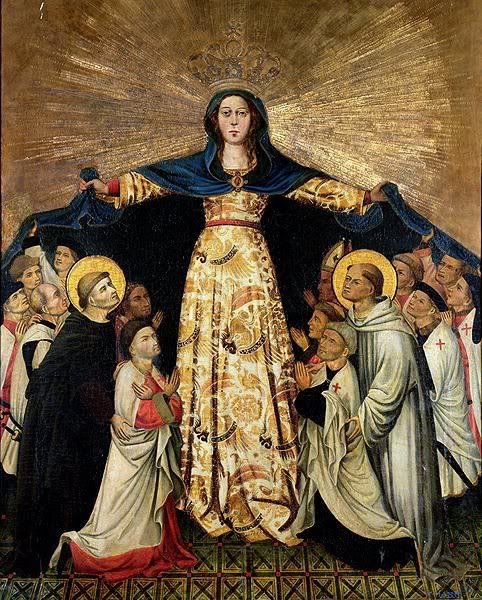

Two years later, he declared in a Constitution:
“That horrible crime, on account of which corrupt and obscene cities were destroyed by fire through divine condemnation, causes us most bitter sorrow and shocks our mind, impelling us to repress such a crime with the greatest possible zeal.
Quite opportunely the Fifth Lateran Council [1512-1517] issued this decree: “Let any member of the clergy caught in that vice against nature, given that the wrath of God falls over the sons of perfidy, be removed from the clerical order or forced to do penance in a monastery” (chap. 4, X, V, 31).
So that the contagion of such a grave offense may not advance with greater audacity by taking advantage of impunity, which is the greatest incitement to sin, and so as to more severely punish the clerics who are guilty of this nefarious crime and who are not frightened by the death of their souls, we determine that they should be handed over to the severity of the secular authority, which enforces civil law.
Therefore, wishing to pursue with greater rigor than we have exerted since the beginning of our pontificate, we establish that any priest or member of the clergy, either secular or regular, who commits such an execrable crime, by force of the present law be deprived of every clerical privilege, of every post, dignity and ecclesiastical benefit, and having been degraded by an ecclesiastical judge, let him be immediately delivered to the secular authority to be put to death, as mandated by law as the fitting punishment for laymen who have sunk into this abyss.” (Constitution Horrendum illud scelus, August 30, 1568, in Bullarium Romanum, Rome: Typographia Reverendae Camerae Apostolicae, Mainardi, 1738, chap. 3, p. 33)
–***–
Pray for us to the Lord Our God, Papa Ghislieri, that we be delivered from the brutal jackboot of the sodomites.
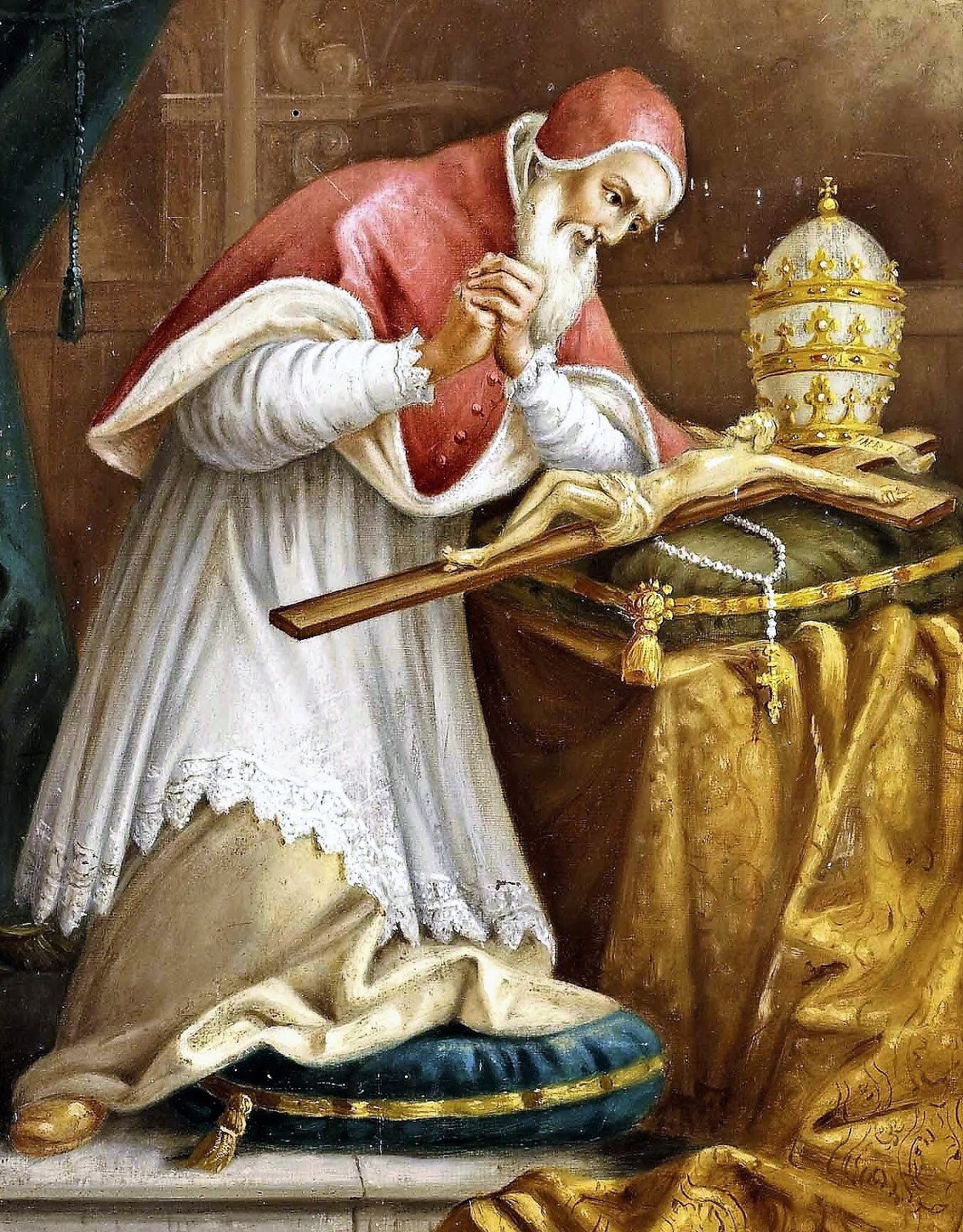
Full algorithmic translation here. It’s long, but worth it if you love the Holy Father and the Papacy. -AB
Link to original in Italian here.
Prologue
Dear friends and enemies of Stilum Curiae, our friend Andrea Cionci sent us the complete text of the article he published – in summary – today on Libero, in which he still deals with the resignation-resignation of Benedict XVI, this time exploring the theme from the point of view of the abdication of the Pontiff. As you well know, Stilum has hosted other articles on the subject in the recent past; even if it seems to us that from a practical point of view – since there is no authority that can enforce these theses – the situation remains the one we live in; that is, alas, a situation of extreme confusion. Enjoy the reading.
…….§§§……
By Andrea (Andrew) Cionci
Dear Tosatti,
with regard to the debated question about the resignation of Benedict XVI, many are impatiently asking: “If he is still the pope, why doesn’t he say so clearly?”
After a discussion with authoritative scholars, here is a document where Pope Ratzinger explains unequivocally that, although with the Declaratio of 2013 he “resigned” by renouncing the “ministerium”, the practical functions, conversely he did not “abdicate” the ” munus ”, the divine title of pope. (Words are important: to resign is to renounce functions, to abdicate is to renounce the title of sovereign).
Boring “clerical legalisms”, as Bergoglio says? No. This is a huge problem – which is carefully avoided in the public debate – because, as everyone knows, if a living pope does not abdicate the munus by decaying completely, another conclave cannot be held. Even from the theological point of view, the Holy Spirit does not guide the election of the pope in an illegitimate conclave, nor does he assist him. Therefore, the “Pope Francis” would never have existed, he would only be a “bishop dressed in white”, as in the Third Secret of Fatima and no one, in his succession line, would be a true pope. This is why, before criticizing Francis, or making conspiracies, it would be much more worthwhile to apply to the question that precedes and presupposes the validity of the 2013 conclave. It would explain everything.
But let’s get to the document in question: on p. 26 of “Latest conversations” (Garzanti 2016), book-interview by Peter Seewald, the journalist asks Benedict XVI: ” With you, for the first time in the history of the Church, a pontiff in the full and effective exercise of his functions was discharged from his “office”. Was there an internal conflict over the decision? ”
Answer: “ It’s not that simple, of course. No pope has resigned for a thousand years and even in the first millennium it was an exception : p Accordingly such a decision you have to ponder long. For me, however, it became so evident that there was no painful inner conflict ”.
An absurd statement, as we commonly imagine the word “resignation”: in the last thousand years (1016-2016) there have been four popes who have renounced the throne, (including the famous Celestine V, in 1294) and, in first millennium of the papacy (33-1033), there were six others. Perhaps Pope Ratzinger, in addition to having difficulties with Latin (given the inexplicable errors in the Declaratio ), does not even know the history of the Church well?
His phrase, on the other hand, has a perfectly logical and coherent meaning if we understand that “resigning” from the ministerium – as Pope Ratzinger did – does not at all entail “abdicating” the munus. If anything, it can be the other way around. The distinction – vaguely (and perhaps intentionally) hypnotic – between munus and ministerium was formalized at the canonical level in 1983, but it is useful for Benedict XVI to convey a very clear message: in fact, he is not talking to us about the popes who have abdicated. , but of those who resigned like him, that is, the popes who lost only the ministerium , without abdicating.
Everything goes back: the “exception” of the first millennium of which Ratzinger speaks is that of Benedict VIII, Theophilact of the counts of Tusculum who, ousted in 1012 by the anti-pope Gregory VI, on the run, had to renounce the ministerium for a few months , but not he lost the pope’s munus at all , so much so that he was later re-installed on the throne by the holy emperor Henry II. In the second millennium, however, no pope ever renounced the ministerium alone , while as many as four popes abdicated, renouncing the munus ( and, consequently, also the ministerium).
Consulted on the historical question alone, Prof. Francesco Mores, professor of Church History at the University of Milan confirms: “This difference actually exists between the first and second millennium. The decisive point is the 11th century reform, which we also call “Gregorian” (1073). Although in conflict with the secular powers, the popes always maintained a minimum of practical exercise of their power, unlike very few cases in the first millennium, Pontian, Silverio (who lost the ministerium for a few months, but then explicitly abdicated ed) and Benedict VIII (who, having temporarily lost the ministerium, was reinstated on the papal throne by the emperor Henry II ed) who is placed, not by chance,on the threshold of the transformation of the papal institution which took place between the first and second millennium “.
Benedict XVI is clearly telling us that he renounced the ministerium like his ancient, homonymous predecessor, but that neither of them has ever abdicated the munus .
If this were not the case, how could Ratzinger say that by resigning like him, no pope resigned in the second millennium and that in the first millennium he was an exception “? There is no escape.
Further confirmation comes from Seewald’s other interview book, “Ein Leben”, where, on p. 1204, Benedict XVI distances himself from Celestine V, who legally abdicated in the second millennium (1294): “The situation of Celestine V was extremely peculiar and could in no way be invoked as (my) precedent”.
Also in Ein Leben, the word “abdication” appears eight times – nine in the German edition (“Abdankung”) – and never referred to Ratzinger, but only to popes who really abdicated, such as Celestino, or who really wanted to do so, like Pius XII to escape the Nazis. For Ratzinger, however, there is only talk of resignation (“Ruecktritt”).
After all, Benedict XVI also repeated it in the last audience on February 27, 2013: “The gravity of the decision was precisely in the fact that from that moment (the election of 2005 ed) onwards I was always and forever committed by the Lord . […] My decision to renounce the active exercise of the ministry does not revoke this. […] I no longer carry the power of the office for the government of the Church, but in the service of prayer I remain, so to speak, in the precincts of St. Peter ”.
Today, therefore, we would not have “two popes”, but “half” popes: only Benedict XVI, deprived of practical power. For this reason, he continues to dress in white (even without a cape and sash), to sign himself PP (Pontifex Pontificum), to live in the Vatican and inexplicably enjoy other pontifical prerogatives. Are there any other explanations?
The question cannot pass into cavalry: one billion and 285 million Catholics have the right to know who the pope is. Perhaps a press conference by Pope Benedict, for example, or, as already mentioned, a synod with public discussion between bishops and cardinals appointed before 2013: clarifying – in an absolutely transparent way – can no longer be postponed.
Deepening
Responding to Seewald, regarding his resignation from his office, Ratzinger immediately specifies: “It is not so” simple “, that is,” the papal office is not “in one piece” because in 1983 the distinction was made, in canon law, between munus and ministerium, or between divine title and practical exercise. Some Bergoglian canonists argue that Benedict XVI resigned because the ministerium and the munus are inseparable. Of course: these are inseparable only as an “initial right” of the pontiff, in the sense that a newly elected pope has, in addition to the title, by force of circumstances, the right to also exercise the ministerium, the practical power. However, the two entities are neither equivalent nor inseparable since a pope, if by renouncing the munus, obviously also loses the ministerium, conversely, he may very well renounce the ministerium by keeping the munus and remaining pope.
An example? A new father certainly has the inseparable right to educate his child, but if he cannot do it for various reasons, he can delegate this task to others. But he always remains the father.
Ratzinger himself in “Latest conversations” on p. 33 cites the example: “Even a father stops being a father. It does not cease to be, but leaves concrete responsibilities. He continues to be a father in a deeper, more intimate sense, with a particular relationship and responsibility, but without the duties of the father ”.
Let’s go back to the historical reference and we will see that the accounts add up.
Ratzinger then summarized in his sentence how no pope abandoned the ministerium (thus remaining pope in all respects) in a thousand years (between 1016 and 2016) while, in the first millennium (33-1033) this was an exception . It’s true. He renounces only the ministerium like those few popes of the first millennium, with the difference that he does so voluntarily. Seewald’s own question specifies it: “ With you, for the first time in the history of the Church, a pontiff in the full and effective exercise of his functions has resigned from his office”.
And here is the complete explanation of Prof. Francesco Mores, professor of Church History at the University of Milan: «There actually is this difference between the first and second millennium regarding the functioning of the papal institution. The decisive junction is the 11th century reform, which we also call “Gregorian” (from Pope Gregory VII, bishop of the Church of Rome from 1073 to 1085): a hierocratic strengthening of the role of the pope. With the establishment of a first form of “cardinal clergy”, from 1059, the popes managed to structure and control certain offices, also thanks to the creation of an official hierarchy. Although in conflict with the secular powers, the bishops of the Church of Rome always maintained a minimum of practical exercise of their power, unlike very few cases in the first millennium:those of popes Ponziano and Silverio – who were perhaps deposed on the initiative of the imperial power – and of Pope Benedict VIII, who was supported by Henry II against the “antipope” Gregory, supported by the Roman Crescenzi family. Elected perhaps in 1012, Benedict VIII is not by chance placed on the threshold of the transformation of the papal institution which took place between the first and second millennium “.
As a further confirmation, writes the medievalist Roberto Rusconi, in his volume “The Great Refusal” (Morcelliana 2013): “In the first centuries the renunciations of the popes had been forcedly caused in the context of imperial persecutions […] Sometimes it was of explicit waivers, sometimes of de facto removals “.
Prof. Agostino Paravicini Baragliani, one of the leading scholars of the papacy, adds: “[For the popes from 1016 onwards] it does not seem to me that the problem of the loss of their function can be posed, certainly not for the popes who have been successful” .
Therefore Benedict XVI’s statement is perfectly correct only if his “resignation” is understood as a renunciation of the ministerium, without abdication of the munus, as he wrote in the Declaratio.
And we come to those “exceptions” of popes who “resigned” like Benedict XVI: Pope Pontian (? -235), who was deported to Sardinia and for a few months renounced the ministerium before abdicating spontaneously and legally, abandoning the office . Pope Silverio, (480-537), deported to the island of Patara who was deprived of the ministerium from 11 March to 11 November 537, until he voluntarily abdicated. The most significant case concerns another Benedict, the VIII, born Theophilact II of the counts of Tusculum.
In 1012, he was ousted by the antipope Gregory VI and forced to flee Rome, leaving the ministerium in the hands of his adversary for a few months , until the holy emperor Henry II did justice by driving out the antipope Gregory and reinstating him on the throne of Peter. Benedict VIII therefore ALWAYS remained THE POPE and, even if for some months he was forced to renounce the ministerium, he never abdicated .
In conclusion
With his response to Seewald, Benedict XVI put pen to paper, with an unequivocal historical reference, albeit linked to a 1983 distinctio , that he announced that he would renounce the ministerium alone and that, having not abdicated, he is still the one and only pope. This is why he continues to say that the pope is one without explaining which one.
Had he resigned in the sense of “abdicating”, Ratzinger would never have been able to affirm that “in the last thousand years no pope has resigned”, since there is the well-known case of Celestine V’s rejection (1294). And here is, in fact, further proof, what Ratzinger declares in the interview book “Ein Leben” by Peter Seewald (2020).
Seewald’s question: “In 2009 she visited the tomb of Pope Celestine V, the only pope before her to resign; still today we wonder about the meaning of that visit. What was behind it? ”
Response of Benedict XVI: “The visit to the tomb of Pope Celestine V was actually a chance event; in any case I was well aware of the fact that Celestine V’s situation was extremely peculiar and therefore it could in no way be invoked as a precedent ”.
In fact, Celestino abdicated by writing: “… I freely and spontaneously abandon the Pontificate and expressly renounce the throne, the dignity, the burden and the honor that it entails”.
Ratzinger instead declared “to renounce the minister (ium) or Bishop of Rome”. Thus, he maintains a white robe and various other pontifical prerogatives because he has never abdicated.
One last consideration
In the margin, a note to be taken with the benefit of an inventory that is always necessary when it comes to prophecies, including saints and mystics recognized by the Church. The imaginative language of these messages is not susceptible to literal interpretations, however we cannot fail to record how in the prophecies of the mystic Katharina Emmerick, beatified by John Paul II, there are references that can be adapted to the history and figure of Pope Benedict VIII of Tusculum, whose “rediscovery”, as we have seen, could have disruptive consequences.
Emmerick notes: “I had a vision of the holy Emperor Henry II. I saw him at night, alone, kneeling at the foot of the main altar in a large and beautiful church… and I saw the Blessed Virgin come down alone. She spread a red cloth covered with white linen on the altar, placed a book inlaid with precious stones and lit the candles and the perpetual lamp ”.
The mystic also refers to a sort of great pontiff who will come to set things right in the Church: “I saw a new Pope who will be very rigorous. He will alienate cold and lukewarm bishops. He is not a Roman, but he is Italian. He comes from a place not far from Rome, and I believe he comes from a devoted family of royal blood. But for some time there must still be many struggles and unrest ”. (January 27, 1822).
The figure of a strong and saving pope is also found in the message of Our Lady of Good Success, recognized by the Church, (apparition of 1594 in Quito). “There will be many factors that cooperate in Mary’s revenge and in the restoration of the Church and of Christianity, but only one, decisive, is enunciated by Our Lady: the role that a privileged man, a“ great prelate ”will have.
Now, the emperor Henry II was the one who put the real Pope Benedict VIII back on the throne, Theophilact of the counts of Tusculum, feudal lords of Tusculum, a few kilometers from Rome.
Teofilatto was a descendant of another pope, John XII of Tusculum and was related to Hugh of Provence, king of Italy from 926 to 947: therefore perhaps of “royal” blood?
Benedict VIII was a very firm pope: he engaged in the Tyrrhenian against the Saracens, supported the anti-Byzantine revolts in southern Italy, condemned simony and … reaffirmed the celibacy of the clergy. Does it remind you of anyone?
One could also fantasize about the fact that the Madonna who comes “in the night of the Church” to answer Henry II’s prayers wants to show a cardinal illegally dressed in white (the red cloth covered with white linen) and that the precious book is the Codex of Canon Law and the lamp, the light of reason or devotion to a deceased pope.
Could the “arrival” of this “great salvific prelate” be, therefore, in the rediscovery of this key reference to Benedict VIII? Other prophecies refer to a church that, like a bandaged and tied eagle, waits to be released in flight. And in the coat of arms of Benedict VIII there is a black eagle (animal of St. John) on a gold field.
After all, does it seem realistic to you that in the next few years a bishop of royal blood will emerge from Bracciano, Marino, Monteporzio or some other town near Rome?
Obviously, these are only suppositions, and it could not be otherwise in the case of prophecies. Of course, the rediscovery of the exceptional case of Pope Benedict VIII cited by Ratzinger could generate a series of chain phenomena. If the great prelate is Theophilacus, history will tell us.
§§§

This is a television show called “Utopia” which was on the Amazon streaming platform last fall.
Watch every second of this, and spread aggressively.
What a time to be alive. How can it be possible that we deserve such favor?
Yeah, this was a red-letter day.
Fix bayonets and charge!

Saint Joseph, patron of the Universal Church and Terror of Demons, pray for us and for Pope Benedict, Joseph Ratzinger, the one and only Vicar of Christ on Earth.
Lord Jesus Christ, have mercy on us, and on your spotless and indefectible bride, the One Holy Catholic and Apostolic Church, outside of which there is no salvation.
Cherish Thou us, Sweet Jesus, and permit us to love Thee.
What is the technology? Self-spreading vaccines—also known as transmissible or self-propagating vaccines—are genetically engineered to move through populations in the same way as communicable diseases, but rather than causing disease, they confer protection. The vision is that a small number of individuals in the target population could be vaccinated, and the vaccine strain would then circulate in the population much like a pathogenic virus. These vaccines could dramatically increase vaccine coverage in human or animal populations without requiring each individual to be inoculated. This technology is currently aimed primarily at animal populations. Because most infectious diseases are zoonotic, 40 controlling disease in animal populations would also reduce the risk to humans. There are 2 main types of self-spreading vaccines: recombinant vector vaccines and live viral vaccines. Recombinant vector vaccines combine the elements of a pathogenic virus that induce immunity (removing the portion that causes disease) with a transmissible viral vector. Cytomegalovirus is one candidate vector for recombinant vaccines, because it is highly species-specific and moderately transmissible. Live viral vaccines are attenuated, meaning that the vaccine viruses are much less pathogenic than wild-type and would be similar to the oral polio vaccine or the live attenuated influenza vaccine (LAIV) in that those vaccines can sometimes transmit from person to person. Although there are substantial technical challenges in genetically engineering viruses, synthetic biology tools such as CRISPR/Cas9 are likely to aid researchers in overcoming these hurdles in the coming years. Self-spreading vaccines have already been used to protect wild rabbits from myxomatosis and to control Sin Nombre virus in rodent populations. Additional work is targeting Ebola virus in apes and bats, Lassa virus in rats, and bovine tuberculosis in badgers….
(Money quote…!!!…)

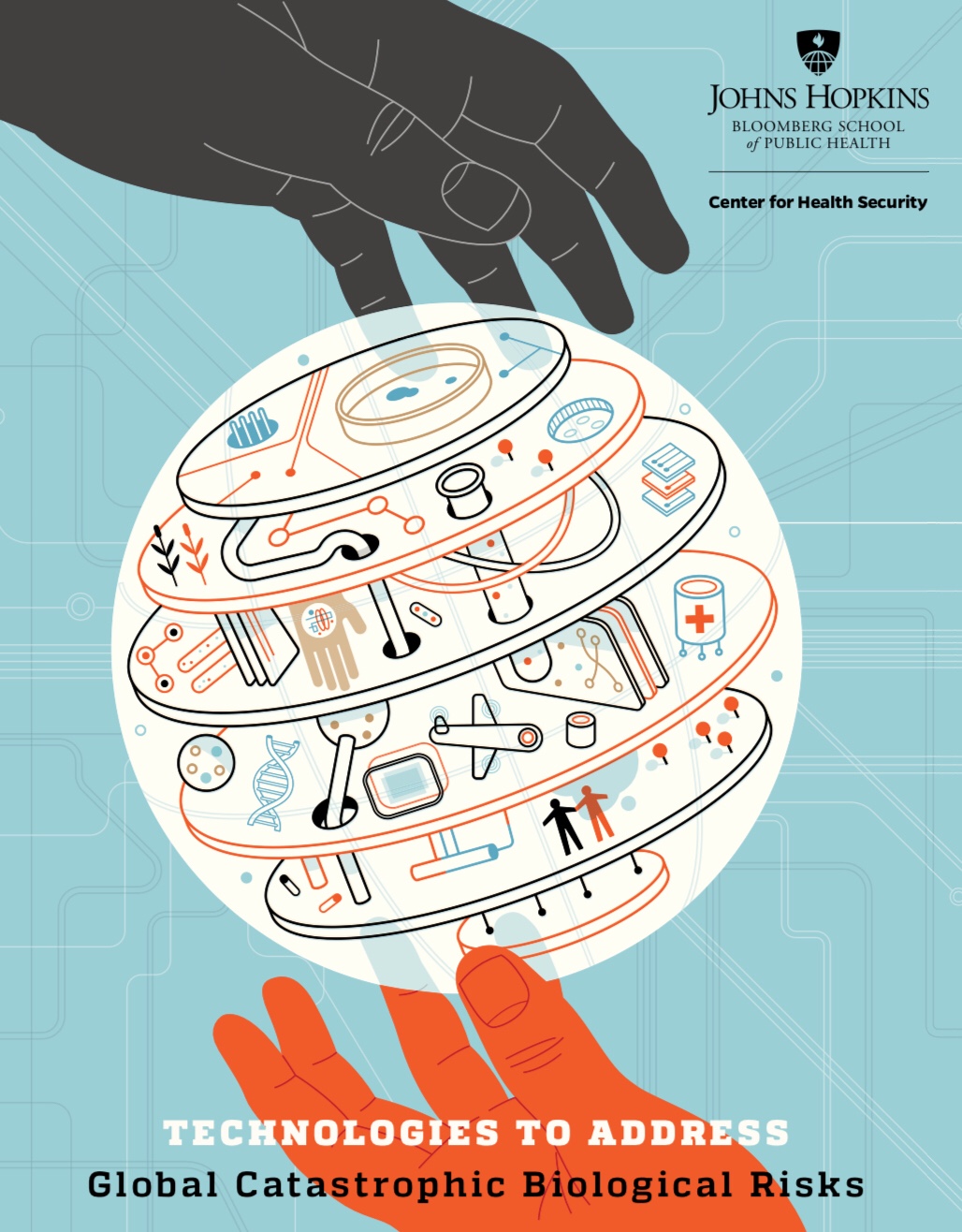
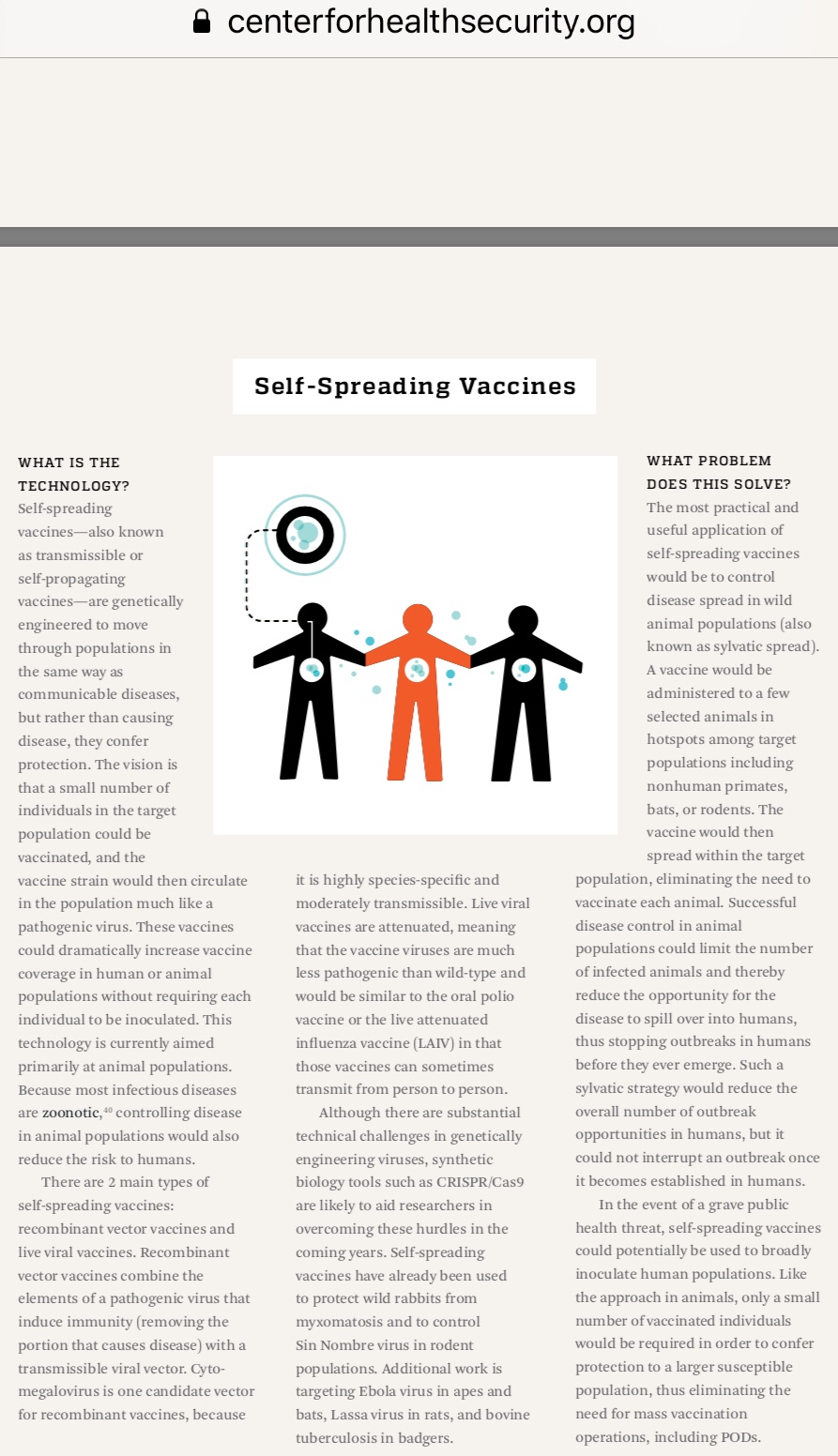
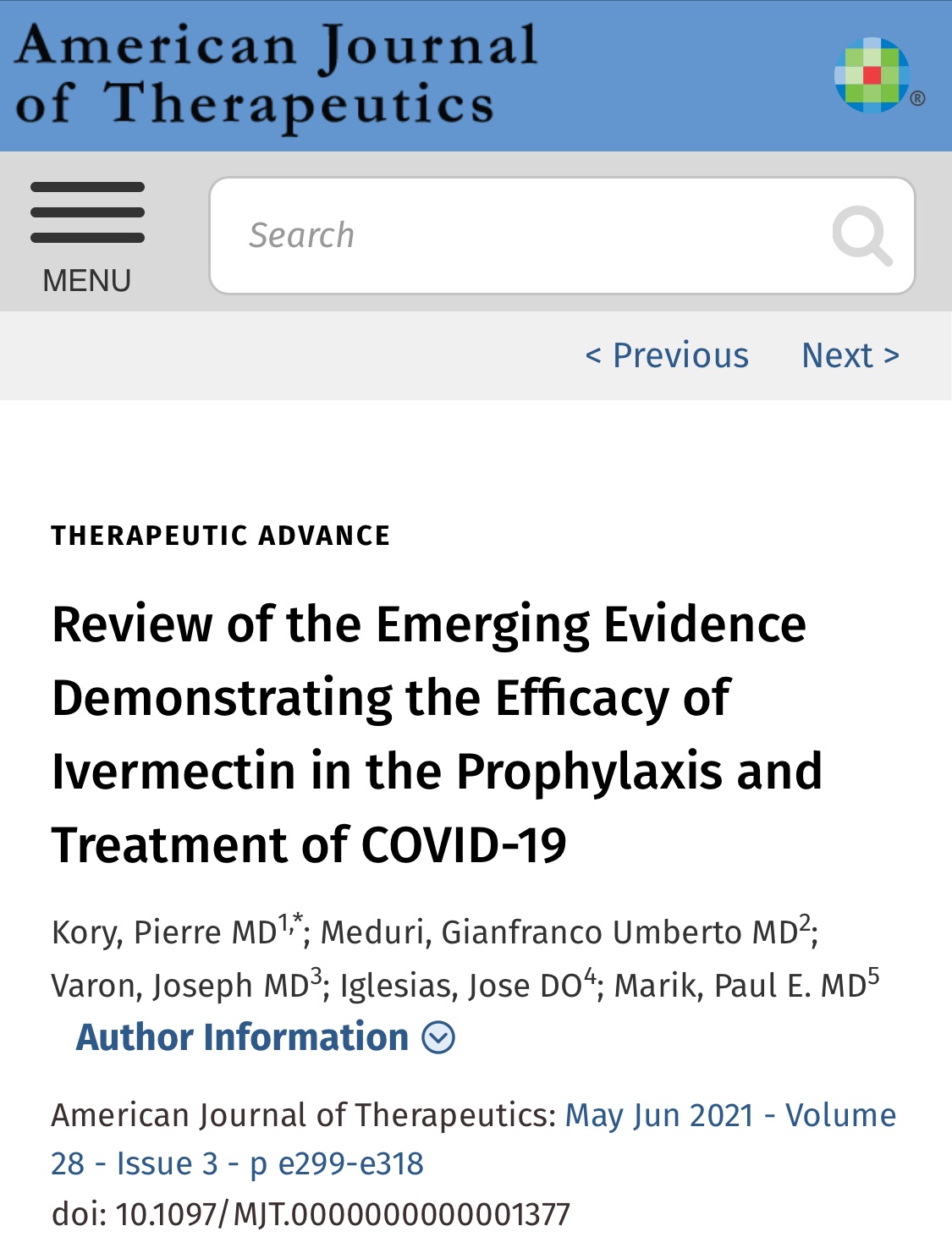
After COVID-19 emerged on U.S shores, providers began reviewing the emerging basic science, translational, and clinical data to identify potentially effective treatment options. In addition, a multitude of both novel and repurposed therapeutic agents were used empirically and studied within clinical trials.
The majority of trialed agents have failed to provide reproducible, definitive proof of efficacy in reducing the mortality of COVID-19 with the exception of corticosteroids in moderate to severe disease. Recently, evidence has emerged that the oral antiparasitic agent ivermectin exhibits numerous antiviral and anti-inflammatory mechanisms with trial results reporting significant outcome benefits. Given some have not passed peer review, several expert groups including Unitaid/World Health Organization have undertaken a systematic global effort to contact all active trial investigators to rapidly gather the data needed to grade and perform meta-analyses.
Data were sourced from published peer-reviewed studies, manuscripts posted to preprint servers, expert meta-analyses, and numerous epidemiological analyses of regions with ivermectin distribution campaigns.
A large majority of randomized and observational controlled trials of ivermectin are reporting repeated, large magnitude improvements in clinical outcomes. Numerous prophylaxis trials demonstrate that regular ivermectin use leads to large reductions in transmission. Multiple, large “natural experiments” occurred in regions that initiated “ivermectin distribution” campaigns followed by tight, reproducible, temporally associated decreases in case counts and case fatality rates compared with nearby regions without such campaigns.
Meta-analyses based on 18 randomized controlled treatment trials of ivermectin in COVID-19 have found large, statistically significant reductions in mortality, time to clinical recovery, and time to viral clearance. Furthermore, results from numerous controlled prophylaxis trials report significantly reduced risks of contracting COVID-19 with the regular use of ivermectin. Finally, the many examples of ivermectin distribution campaigns leading to rapid population-wide decreases in morbidity and mortality indicate that an oral agent effective in all phases of COVID-19 has been identified.
Brazen. Right in your face. But their greatest rush is watching you, studying you as you… do NOTHING. Hell, many people will actively lie to shill, justify and cover for them – cover for their own brutal rapists, mutilators, jailers and murderers.
Is it Stockholm Sydrome? No, far worse.
It is a religion. Covidism is THE final, global false religion. Covidism is THE Antichurch and the Totalitarian global political machine at its side. Hence the overthrown Vatican and Antipope Bergoglio’s slavering shilling for it.
The PCR tests have been intentionally done with scientifically invalidating excessive replication cycles of the sample material which generated 95% false positives for… a cold.
Now, as the DeathJabbed thralls come down with the selfsame cold that the Holy DeathJab and ONLY THE HOLY DEATHJAB can ever, ever cure, suddenly PCR tests for the post-DeathJabbed will be processed so as to eliminate fully 90% of the false positives that were used as ceaseless terror porn for the past 15 months of non-stop frenzied Covid masturbatory public cult orgies before the great masked Molochian golden calf.
And remember, their greatest font of diabolical satisfaction, flowing with the force of a thousand Hoover spillways, is the sight of you watching them openly do it to you… and you doing exactly SHIT ALL to stop them.

